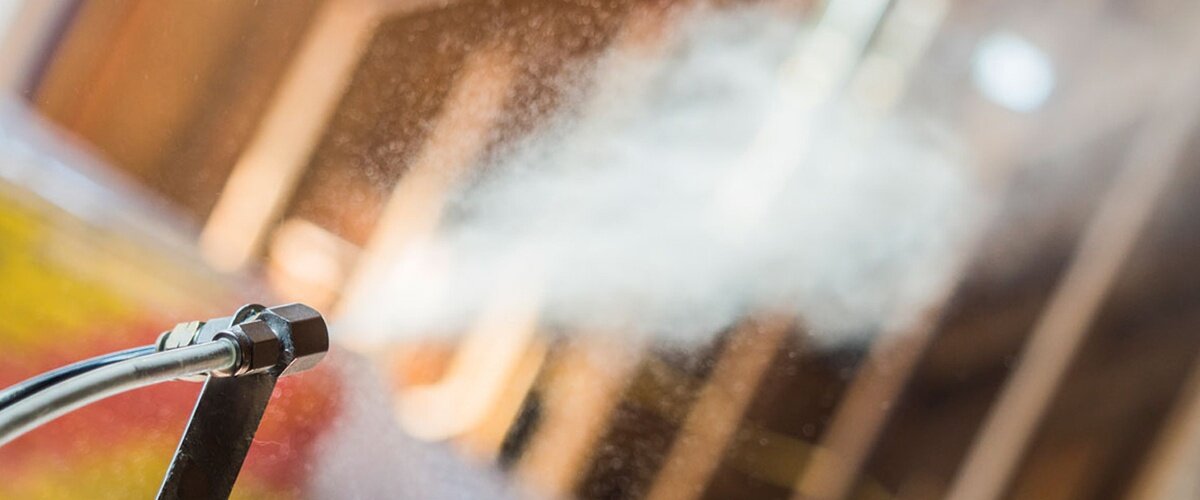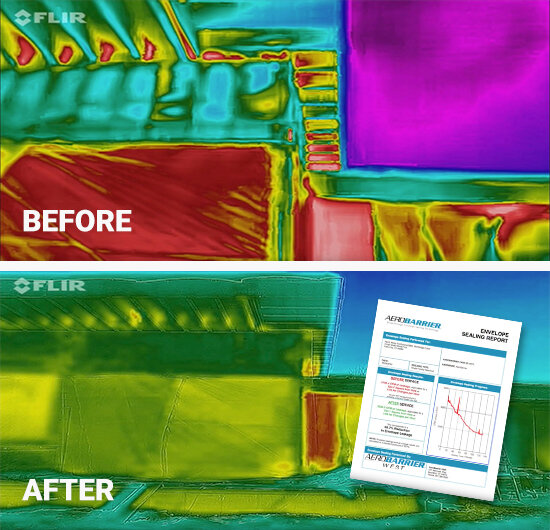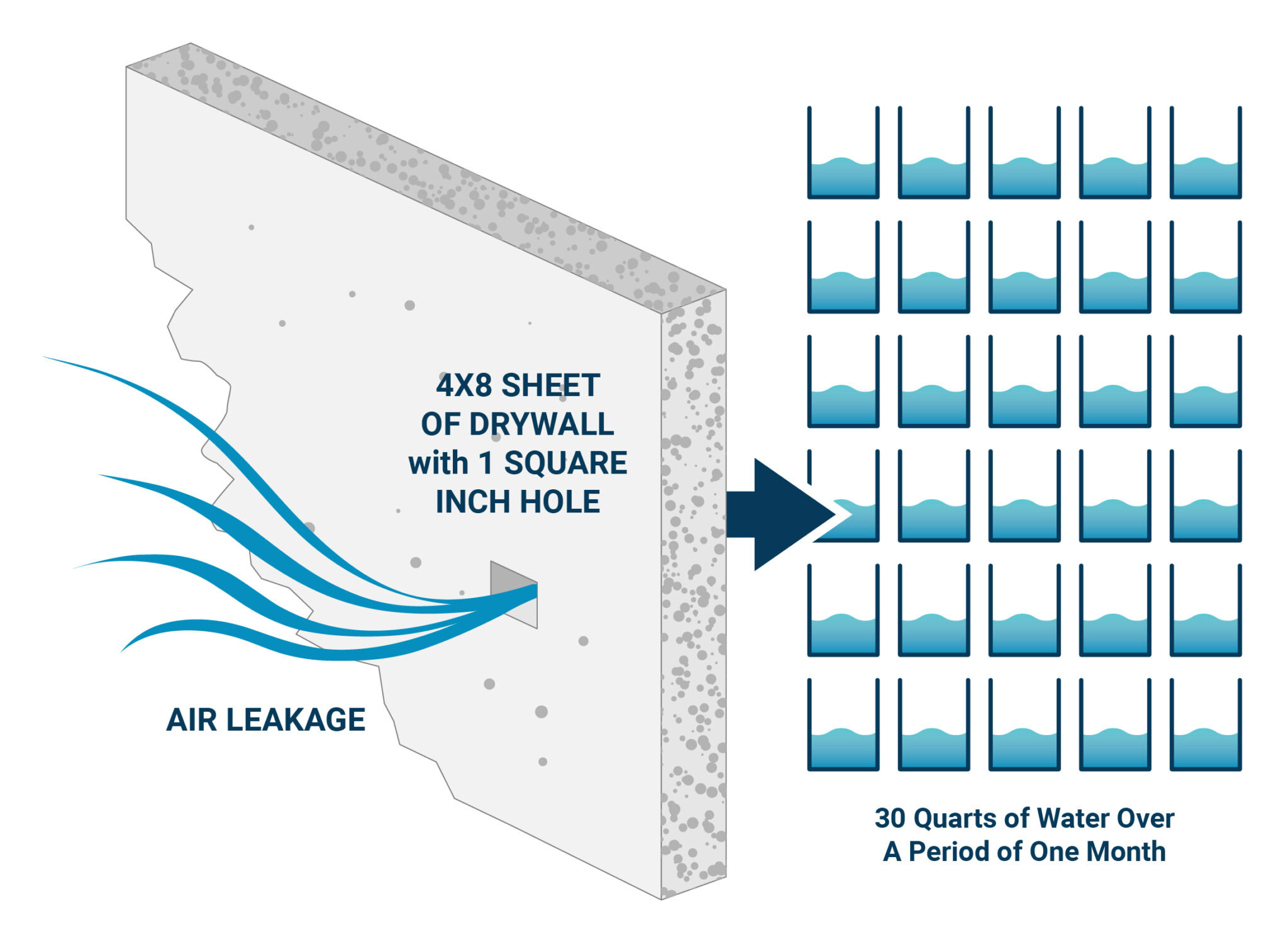
Why Air Sealing Matters
40% Of All Carbon Emissions Are From Buildings
70% Of Energy Use Is For Heating And Cooling
Risk Management Controls Necessary to Guaranteeing a Healthy, Efficient, Well Built Home.
Thermal Control
The control of heat flow in buildings requires insulation layers installed properly that are comprised of few thermal bridges, an effective air barrier system, good control of solar radiation, and management of interior heat generation.
Air Flow Control
In order for air to flow into, out of, or within a building, two requirements must be met: a hole or path must exist for the air to flow through and there must be a driving force. Air flows within buildings are either controlled or uncontrolled. In either case, the actual flow of air is determined by several factors, including hole size, resistance to flow, and pressure effects. Uncontrolled air flow can lead to comfort, indoor air quality and energy efficiency concerns.
Vapor Control
Different than bulk water control, a vapor control addresses the moisture that travels via air and is unseen to the naked eye. Once inside a wall cavity, the vapor will go through convective loops in which it can reach dew point and turn from vapor to liquid. This is often seen later as condensation or damp insulation fibers.
Provide a True R-Value
Air Leakage will diminish the overall performance and effectiveness of fibrous insulation. Even new insulation will not perform as it was designed if installed in an environment with air leakage. Less air leakage means there is less thermal impact the insulation must combat.
A study by the Fraunhofer Institute for Building Physics, showed that a leaky enclosure can decrease the insulation’s effectiveness by a factor of 4.8 – making a 500 sf leaky building require the same amount of heating as a 2,400 sf airtight building.
Leaky Homes are Inefficient, Uncomfortable & Unhealthy
Air sealing is vital to an efficient, durable, healthy home.
High air leakage means lower energy efficiency, requiring larger HVAC systems that run more frequently as air leaks in.
Air leakage also allows moisture to enter. 98% of all water vapor movement in homes is through air currents. This leakage also brings dust, allergens, pollutants and other airborne particulates into the home.
Reducing Air Leakage Will:
cut heating and cooling costs
improve durability
increase overall comfort
create a healthier indoor environment
Manage Vapor Diffusion
Vapor Diffusion
If the air on one side of the drywall is very damp, and the air on the other side of the drywall is very dry, diffusion will occur. The drywall will absorb moisture on the damp side and then evaporate it through the dry side.
Air Leakage
Building Science Corporation paper RR-0412: Insulations, Sheathings and Vapor Retarders, displays the potential water intrusion from just a small air leak can be up to 90 times greater than the water that would normally diffuse through gypsum board into the enclosure.







